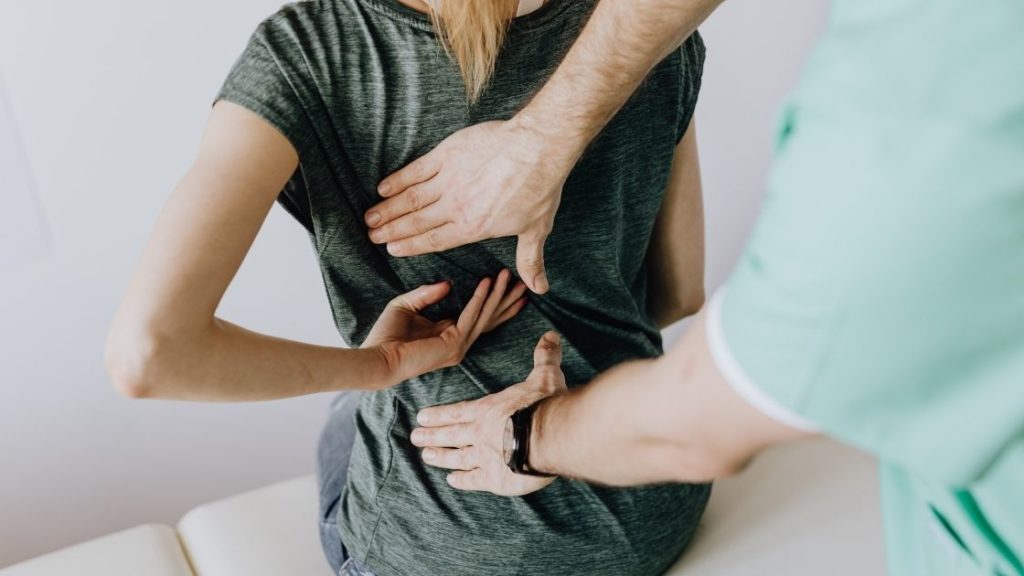Low Back Pain and Sciatica: Directional Preference Treatment

Have you or someone you know experienced low back pain and leg pain, numbness, tingling or weakness?
These symptoms together are often the result of irritated discs in the low back affecting the nerves that supply the structures in the legs. This condition can often be alleviated by conservative management through what is called directional preference exercises.
These exercises include repetitive motions of the spine in a particular direction, ie bending backwards for 10 repetitions, or holding specific positions for sustained amounts of time, ie holding the cobra pose for 5 minutes. When a patient is presenting with this type of condition a directional preference should be sought out by the healthcare provider (Chiropractor/Physical Therapist/ Osteopath).
The goal of directional preference exercises are to reduce the symptoms in the leg. This may often increase the pain felt in the spine, but as long as the symptoms in the leg are improving the exercises should be continued. However, if at any time, these exercises increase the leg symptoms, the exercises should be stopped immediately.
The phenomenon of reducing leg symptoms while performing these exercises is called centralization and describes the reduction of symptoms out of the leg and back toward the spine.
The most common directional preference for the low back is in extension (bending backwards at the waist). This position pushes the discs forward in order to take pressure off of the nerves in the back of the spine. It is common that these patients will have a directional preference as shown in two different studies evaluating this type of therapy.
In the Long et al. article, the authors found 74% of their 230 participants exhibited a directional preference and the Yarznbowicz et al. authors found 84.5% of their 639 participants were able to find a directional preference. This type of exercise targets the specific tissues responsible for patients’ symptoms and can be performed at home to help supplement the treatments administered in the clinic.
Please consult with a healthcare provider that is an expert with spinal conditions before attempting these exercise in order to be evaluated and made sure one will benefit from this type of treatment.
Dange Wolf, DC
Author, Doctor of Chiropractic
Dr. Dange Wolf, DC was born and raised in Portland, Oregon and completed his undergraduate studies in Exercise Science at Western Oregon University where he was an All-American Midfielder on the lacrosse team. After completing his undergraduate studies, he went on to attend the Chiropractic program at the University of Western States in Northeast Portland, where he graduated summa cum laude. In early March of 2021 he moved to Lakewood, Colorado and has been treating a wide variety of musculoskeletal complaints ever since.
Resources
Long, A., Domelson, R., & Fung, T. (2004). Does it matter which exercise? A randomized control trial of exercise for low back pain. Spine, 29(23), 2593-602.
Yarznbowicz, R., Tao, M., Owens, A., Wlodarski, M., & Dolutan, J. (2018). Pain pattern classification and directional preference are associated with clinical outcomes for patients with low back pain. Journal of Manual & Manipulative Therapy, 26(1), 18-24.
Photo Credit
Canva by Karolina Grabowska from Pexels
